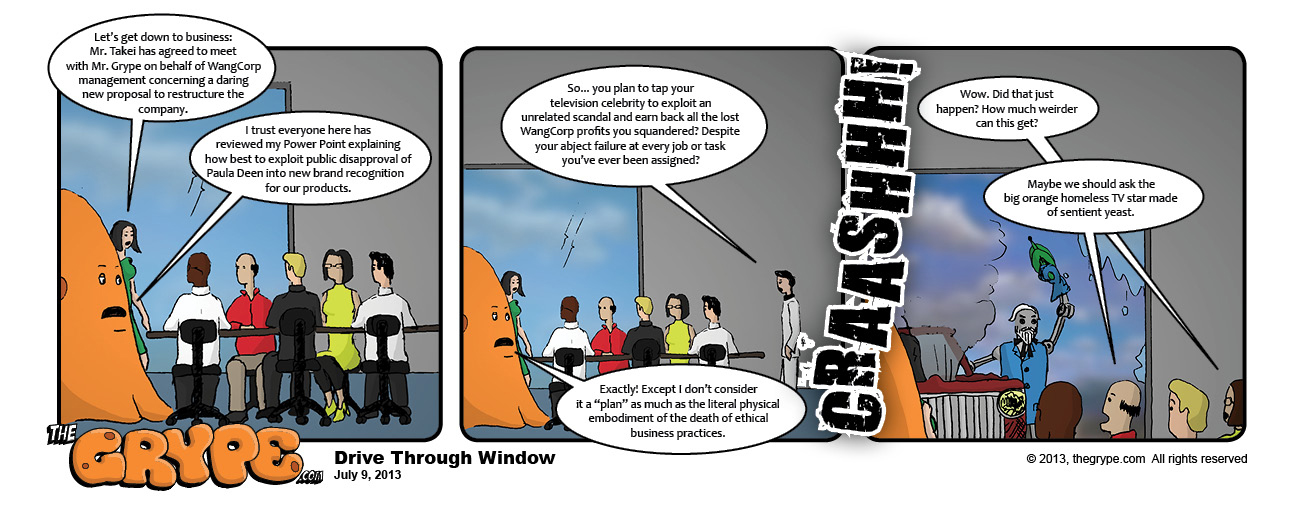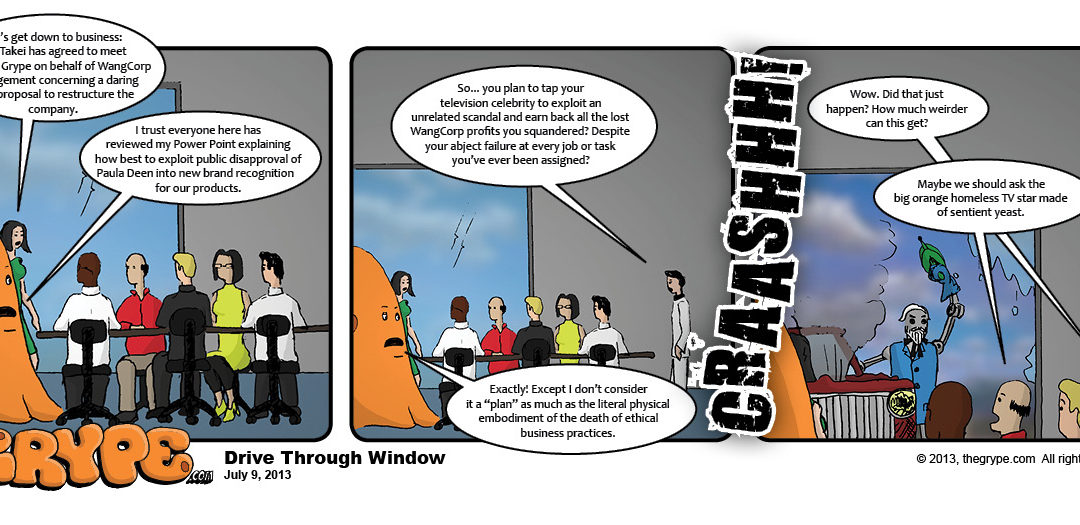 Despite what some people claim, credit cards are not inherently evil. But from humble beginnings in the 1960’s, the modern credit card industry has rapidly grown into a bloated behemoth that uses deceptive semi-legal bait-and-switch tactics to milk the entire population of America out of billions. Few industries are so rife with corporate malfeasance as the credit card industry.
Despite what some people claim, credit cards are not inherently evil. But from humble beginnings in the 1960’s, the modern credit card industry has rapidly grown into a bloated behemoth that uses deceptive semi-legal bait-and-switch tactics to milk the entire population of America out of billions. Few industries are so rife with corporate malfeasance as the credit card industry.
Credit card use expanded dramatically during the golden age of the industry (the early 1980s) because deregulation suddenly allowed high interest rates and penalty fees, and credit cards became a major engine of bank profits. In 1978, a Supreme Court decision effectively ended consumer interest-rate limits and the federal usury law. After the 1981-1982 recession, industrial restructuring shifted demand for bank loans from manufacturing companies to individual households, and national banks aggressively pushed for more deregulatory policies, in line with the ’78 decision. A 1996 Supreme Court ruling that ended state-regulated limits on credit card fees furthered that cause.
As more and more people were preapproved for credit cards in the ’80s and ’90s, the “free” credit used by the most affluent households was subsidized by the high interest rates and penalty fees paid by the most financially distressed. A carefully guarded secret of the industry is that about a quarter of cardholders have accounted for almost two-thirds of interest and penalty-fee revenues. Nearly half of all credit card accounts do not generate finance and fee revenues. In other words: the poorest 25% of credit card users wind up paying for most of the industry trying to keep up with ever-rising interest rates and late fees… people who technically can’t afford to use and maintain credit cards are lured in and used as suckers to finance the rest.
Things got so bad that in 2009— in response to the active role of the credit card industry in the U.S. economic crash of 2007— Congress passed legislation known as the CARD Act (the American Bankers Association, or ABA, lobbied against the passage of the law and lost). Under the CARD Act some penalty fees dropped and interest rate hikes were no longer as arbitrary. But the average interest rate on variable rate cards has gone way up. At least interest rates are more transparent today than they were before the law, since credit card companies aren’t allowed to lie about them anymore. But credit card issuers make up the lost revenue by issuing more cards to those most likely to violate their terms of service (paying LOTS of default fees)… even issuing additional low-limit cards to the same customers, increasing the chances a cardholder will incur late or over-limit fees.
While the CARD Act limits penalty fees, there are lots of nasty loopholes not covered by the law, generating huge fees that exceed card issuers’ costs and risks. Credit card companies still actively take advantage of late payments by sending your rate skyward, even if the payment arrived only hours (not even days) late.
Until the mid-1990s, the typical penalty fee was about $10. Last year, the average late fee was $35 and many companies charged $39. The average over-limit fee was slightly more than $32. It all adds up to billions of dollars in extra penalty revenue for the banks. You can pay your credit card bills on time and never have to deal with any of that… just be careful you don’t get sucked down into the lower 25% who perpetually pick up the tab for everyone else.

